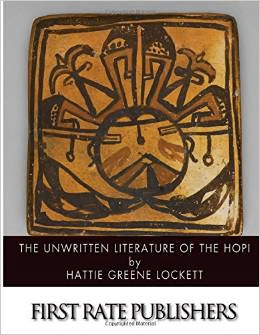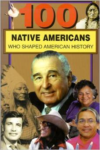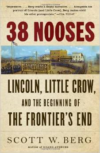Description
When European settlers and later American settlers came into contact with Native American tribes on the continent, they were frequently unable to differentiate between the subcultures within individual tribes, leading to all kinds of misunderstandings. As a result, one of the most misunderstood tribes is the Hopi, who were just one of the tribes that the Spanish categorized as Pueblo. Thus, while most Americans have heard of the Pueblo and Navajo, many remain unfamiliar with distinctions within the tribes. The Pueblo fascinated those who came across their settlements, especially those located in desert regions and the sides of cliffs that involved the use of adobe mud, stone, carving homes out of cliffs. One such settlement, Oraibi, was created by the Hopi around 1100 A.D. and remains one of the oldest continuously inhabited settlements in North America. The Spanish were so intrigued by the structure of the communities that they gave the natives the name Pueblo, a term they used to measure certain sizes for their own settlements. Today the names Hopi and Zuni are virtually synonymous with the Ancient Puebloan culture. Occupying a large portion of what is essentially the Navajo Nation Reservation, spanning Navajo and Coconino Counties on the edge of the Painted Desert, the Hopi (Ho-pee, a shortened form of Hopituh-Shi-nu-mu, meaning “peaceful people”) are the westernmost of the Pueblo Native American groups. Though the Hopi claim no blood ties to the Navajo, and their cohabitational arrangement remains a source of continual conflict among the tribes, the federal government allotted the reservation to both ethnic groups. And while the Navajo make no ancestral claims to the ancient Puebloan culture, both the Hopi and Zuni (who live primarily in the Pueblo of Zuni on the Zuni River in western New Mexico) claim ancestral ties to many of the ancient Puebloan sites and share many of the same ancient traditions. Perhaps most importantly, the location of the Hopi, and all the contact between them and European settlers, have helped create a thorough understanding of their culture. Explorers and anthropologists who came to Oraibi also learned enough about the culture there to come to understand the links between the Hopi and other tribes. While they ultimately suffered a similar fate to other tribes and were settled onto a reservation, there are still over 10,000 Hopi today, and their history continues to fascinate researchers.






Reviews
There are no reviews yet.